Antique Persian Serapi Rug #9523
$0.00
Width: 10 ft
Length: 12 ft 8 in
READ MORE ABOUT PERSIAN SERAPI RUG
https://pbruggallery.com/vegetable-dyes/
The Distinction of a True Serapi
Among the masterpieces of Northwest Persia, few possess the visual authority and architectural harmony of a genuine Antique Persian Serapi Rug. Woven in the late 19th century — the golden age of Heriz production — this exceptional example reflects a period when artistry took precedence over commerce, and each loom carried the identity of the weaver’s hand.
At first glance, the bold indigo field commands attention — a deep, tranquil ground upon which the terracotta and ivory medallion floats with quiet dignity. The composition feels intentional, deliberate, and supremely balanced — qualities that distinguish Serapi rugs from the more crowded, commercial Heriz carpets that followed in the early 20th century.
A Study in Geometry, Color, and Control
The central medallion expands outward like a compass of geometry and rhythm, defined by angular motifs and stylized botanical forms. The design breathes — every motif given space to exist, an aesthetic decision rooted in the philosophy of balance found across Persian art and architecture.
The abrash (those gentle variations in dye tone) dances across the indigo and terracotta, revealing the natural irregularity of hand-dyed wool — a hallmark of authenticity. This organic shift in color isn’t a flaw; it’s a living record of time, of how light and hand-dyeing interact over a century of quiet endurance.
Framing the entire composition, the navy border — filled with rosettes and barbed leaves — introduces structure and continuity. The stepped spandrels, with their architectural echoes, feel almost like distant mountain silhouettes or garden walls — poetic gestures that remind us why Serapi rugs are often compared to miniature Persian gardens.
Why “Serapi” Matters
While all Serapi rugs originate from the Heriz region, not all Heriz rugs qualify as Serapis. The distinction lies in fineness, spacing, and artistic intention. “Serapi” is a collector’s term coined by early Western dealers to describe the earlier, rarer pieces woven before industrial dyes and simplified commercial production overtook the region.
These rugs — woven roughly between 1870 and 1910 — exhibit more open design fields, softer natural dyes, and superior craftsmanship. Each knot, spun from highland wool rich in natural lanolin, carries a tactile softness and sheen unmatched by later Heriz weavings.
Owning a Serapi is owning a fragment of Persia’s cultural crescendo — a textile that bridges tribal authenticity with courtly elegance.
A Collector’s Piece for Refined Interiors
In today’s design world, the Antique Persian Serapi Rug has become a touchstone of sophistication. Its geometry and restraint harmonize perfectly within Palm Beach and Jupiter Island interiors, complementing limestone floors, antique wood, and airy modern architecture alike.
Designers often use Serapis to anchor great rooms, libraries, and dining salons — where the blend of antique patina and structural calm can elevate the entire atmosphere of a space. Its visual presence is quiet, yet impossible to ignore.
Palm Beach Rug Gallery — Curators of Timeless Persian Masterpieces
At Palm Beach Rug Gallery, we curate one of South Florida’s most distinguished collections of Antique Persian Serapi, Heriz, and Tabriz rugs, sourced with an uncompromising eye for authenticity and condition. Each piece is carefully vetted for provenance, originality, and aesthetic proportion, appealing to both collectors and designers who understand the emotional and historical depth of true hand-knotted art.
Location: 5913 South Dixie Highway, West Palm Beach, FL
Phone: (561) 660-8834

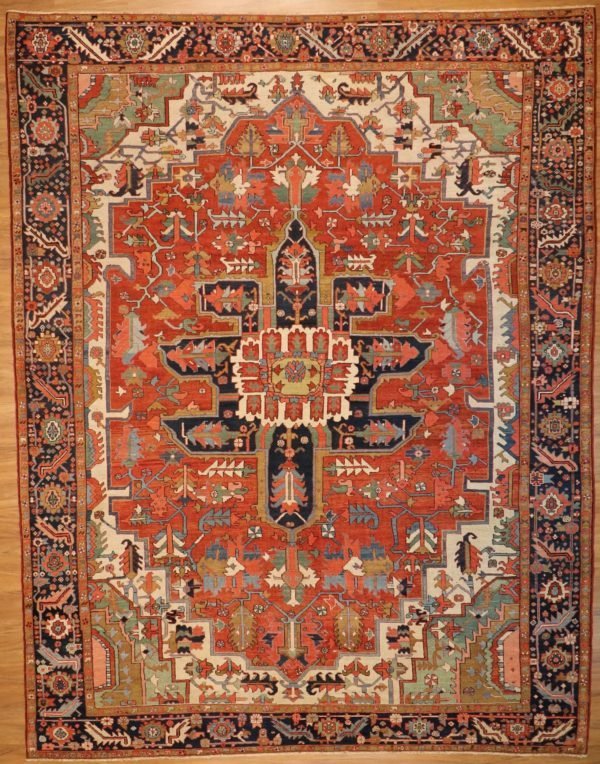
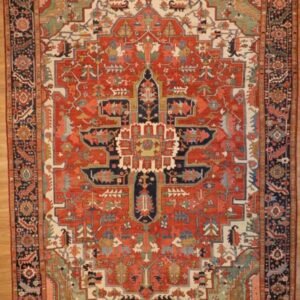
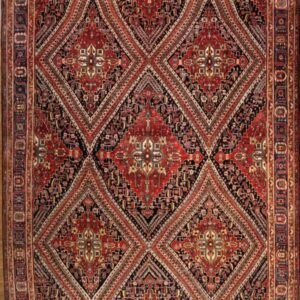
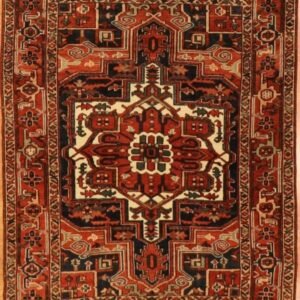

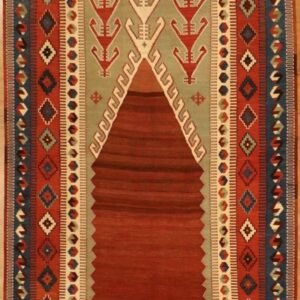
Reviews
There are no reviews yet.